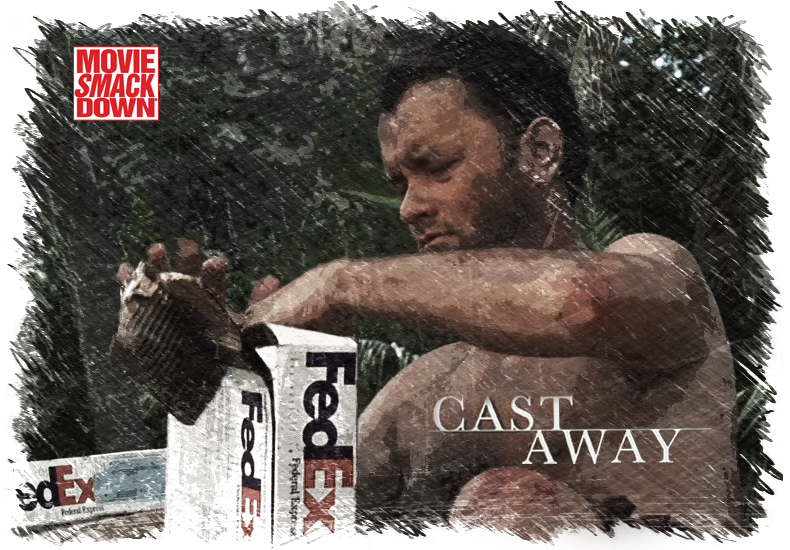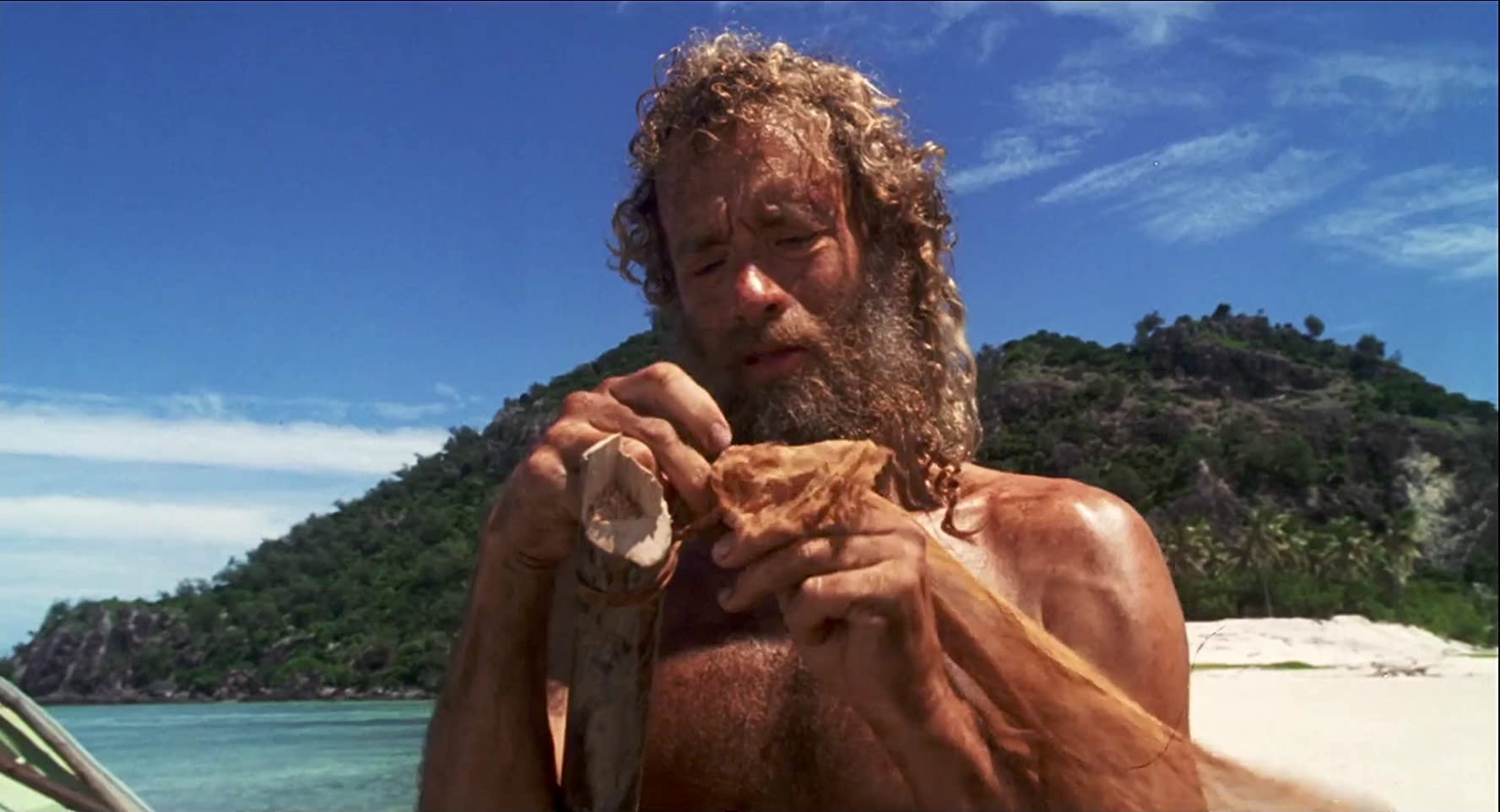

They collected rain droplets for drinking water, caught turtles and flying fish for food and sailed their way towards Central America to be rescued. While sailing to the Galapagos Islands from Panama their boat was sunk by a pod of killer whales.Īlready being a close knit group, the family demonstrated remarkable survival skills and were able to survive 38 days on their small dinghy. Douglas Robertson & FamilyĪccompanied by his wife, daughter, son, and twin sons, Douglas Robertson was an experienced sailor from Scotland who purchased Lucette, the family boat with the family's life's savings. His story became a sensation and Selkirk continued his life as a sailor, ending his career serving as lieutenant aboard the Royal ship Weymouth. On February 1, 1709, four years and four months later, he was finally rescued by a privateering ship. There, Selkirk was lucky enough to come across feral goats which provided him milk, meat and clothing as well as feral cats that protected him against the ravenous rats that attacked him at nighttime. This drove him deeper into the unbeknownst depths of the island.

That is until hungry sea lions wanted their territory back for mating season. While waiting for someone to come to his rescue, the desperate castaway survived on oysters, shellfish and anything he could catch. He lived in huts made of pimento trees.Īt first he remained where he felt safer along the shoreline. Selkirk turned out to be quite a skillful survivor. Stradling then decided to leave Selkirk alone on the island of Juan Fernández. He tried and failed to rally others not to continue on. Selkirk voiced his concern about the security of the ship with the extra weight carried on it. In mid-expedition the captain made a stop for more supplies. Selkirk was a sailor serving under Captain Thomas Stradling. The story of Alexander Selkirk, the Scottish sailor who spent four years as a castaway, was the inspiration behind Daniel Defoe's novel Robinson Crusoe as well as Gulliver's Travels. These are just some of the many incredible stories of survival and people who defeated all odds, overcame the deadliest obstacles, alone stranded on an uninhabited land. Which is why stories of real life castaways never cease to amaze us. Most of us would probably be found blowing our nose with poison ivy while devouring the deadliest of mushrooms if we were ever trapped in an unknown environment.
Where was the movie cast away filmed how to#
The need to stretch our imaginations and physique to learn how to tie knots, make rope, start fires with two sticks or fend off bears is almost unimaginable. To many of us city dwellers, the idea of fending for ourselves sans Google, cell phones and hot water is hardly even fathomable. The Real Castaways: True Stories Of Being Stranded On A Deserted IslandĬould a boat license have helped these people?


 0 kommentar(er)
0 kommentar(er)
